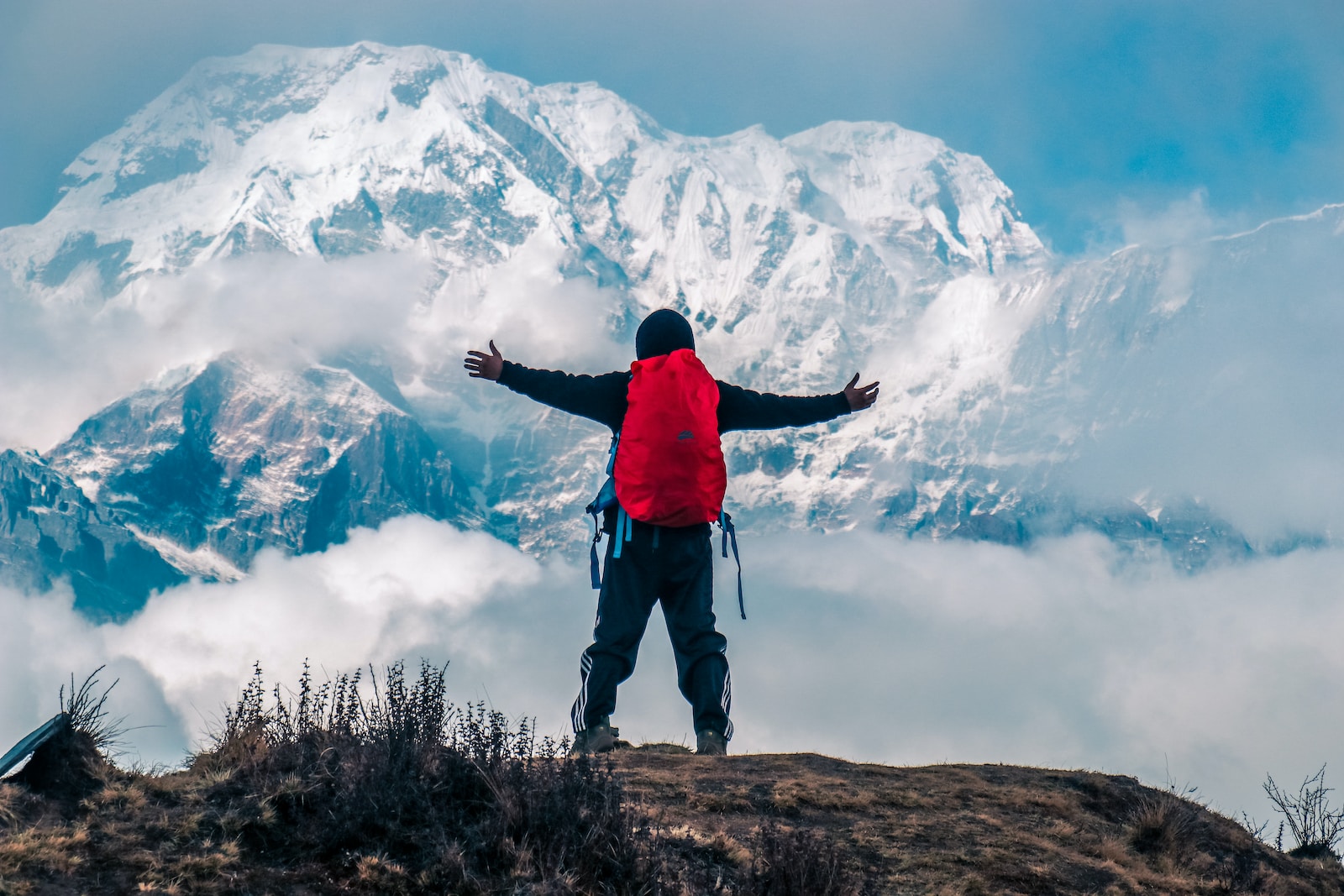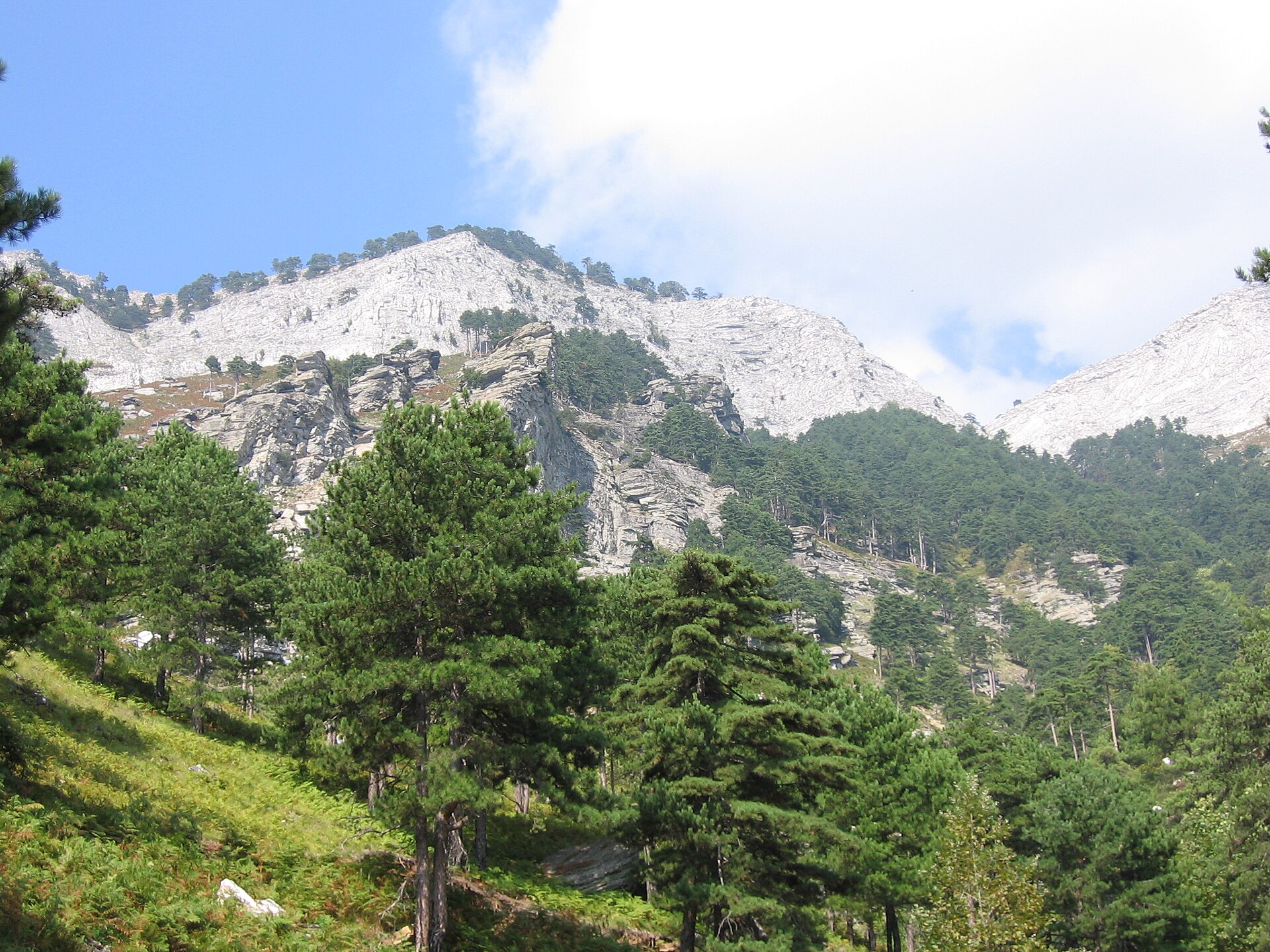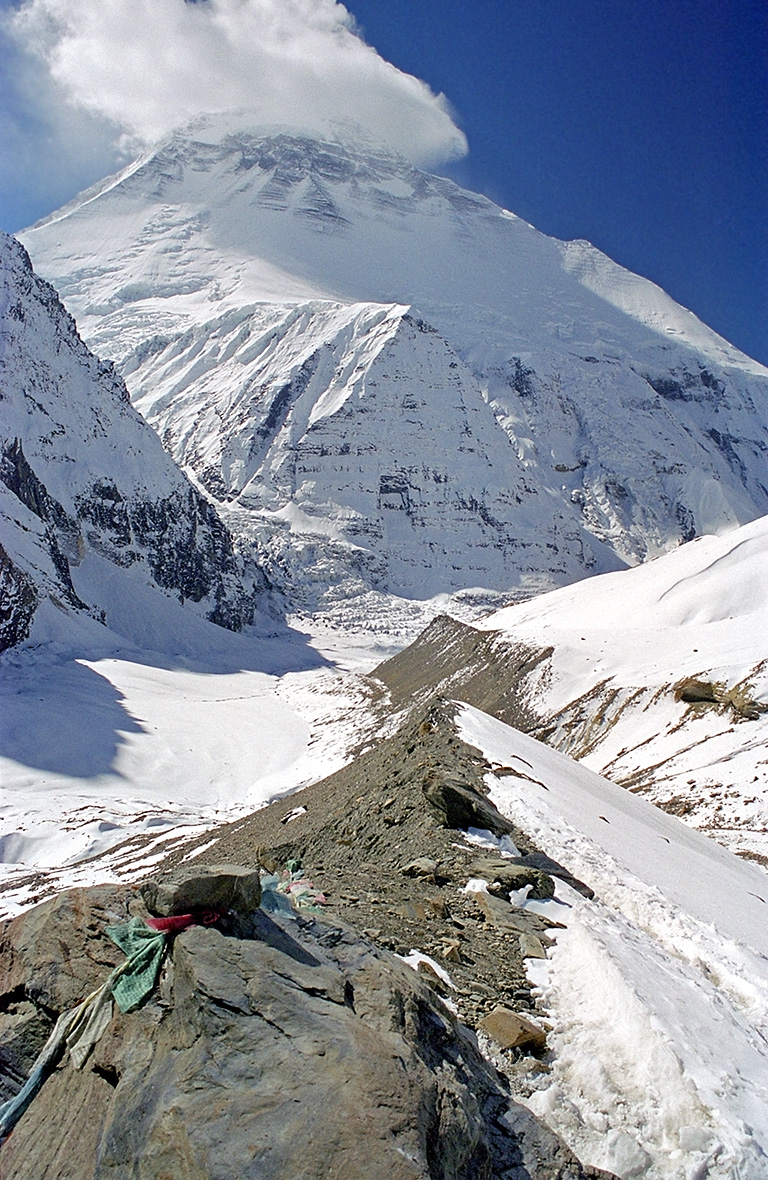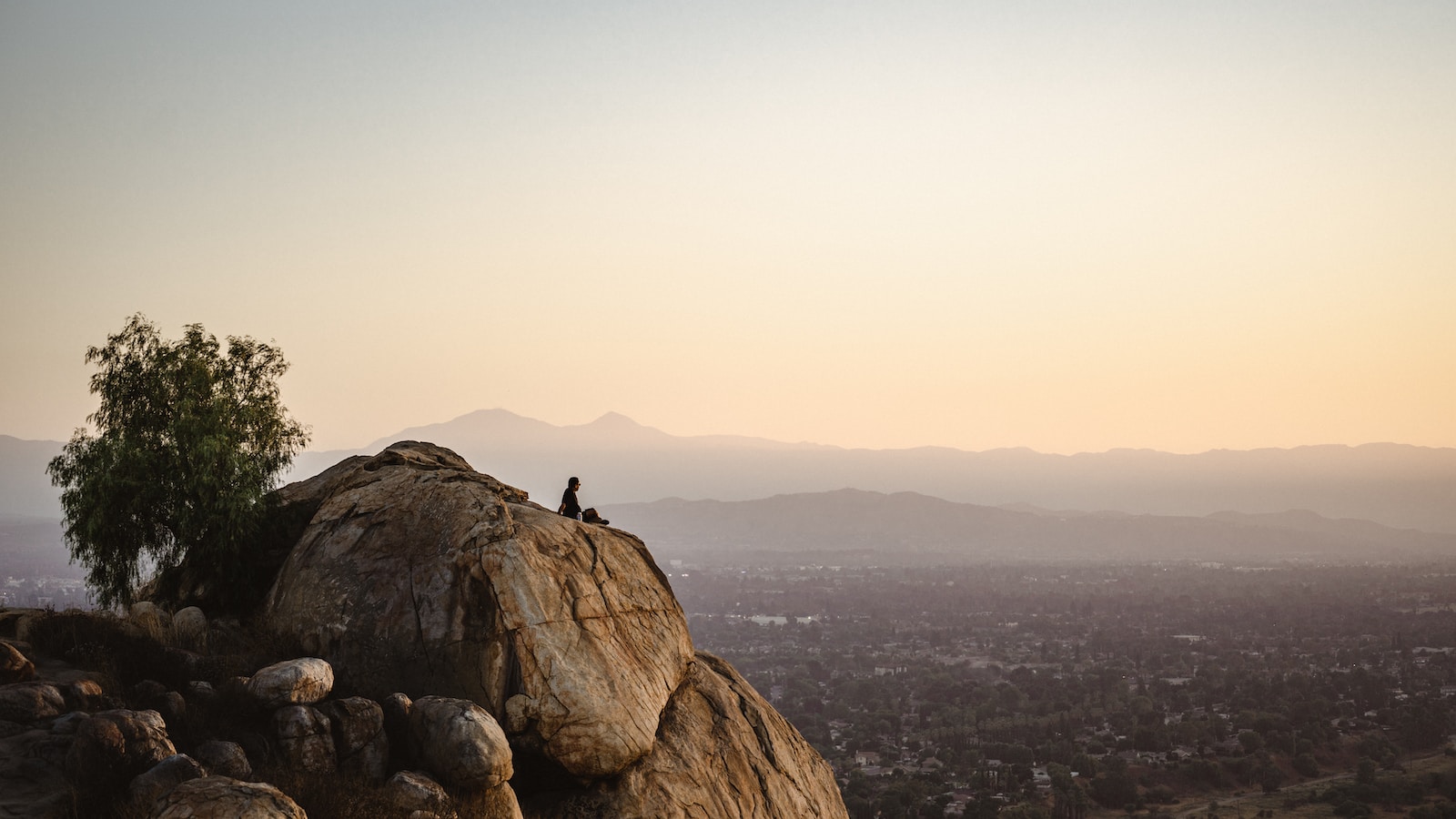Welcome to Annapurna: A Photographer’s Paradise! If you have a passion for mountain photography and dream of capturing the breathtaking beauty of the Himalayas, you’ve come to the right place. Join us on a virtual journey to Annapurna, one of the most awe-inspiring mountains in Nepal. From the changing landscapes to the diverse flora and fauna, this guide will provide you with all the insights and tips you need to truly capture the mesmerizing essence of Annapurna.
Table of Contents
- Annapurna’s Ever-Changing Beauty
- Trekking Through Annapurna: A Photographic Adventure
- Focus on Flora and Fauna
- Photography Tips for Annapurna
- Overcoming Challenges in Annapurna
- Frequently Asked Questions
- 1. What makes Annapurna a photographer’s paradise?
- 2. How dangerous is Annapurna?
- 3. What are the best seasons for photography in Annapurna?
- 4. What photography equipment should I bring to Annapurna?
- 5. Are there any photography restrictions in Annapurna?
- 6. Can I do trekking and photography at the same time in Annapurna?
- 7. Are there photography tours or workshops available in Annapurna?
- 8. What are the must-visit photography spots in Annapurna?
- 9. Can beginners in photography enjoy Annapurna?
- 10. Is hiring a local guide or porter recommended for photography in Annapurna?
- Wrap Up
Annapurna’s Ever-Changing Beauty
The Annapurna massif is located in north-central Nepal, in the Himalayas. It is situated near the city of Pokhara, which is a popular gateway for trekkers and mountaineers exploring the region. The Annapurna Conservation Area, encompassing the Annapurna massif, offers a diverse range of landscapes, including lush forests, terraced fields, glacial lakes, and towering peaks, making it a renowned destination for outdoor enthusiasts and nature lovers.
The Magic of Spring
Springtime in Annapurna blankets the region with a vibrant tapestry of colors. Rhododendrons, Nepal’s national flower, bloom in brilliant hues, creating a picturesque view against the snow-capped peaks. The clear blue skies and the mild temperatures make it an ideal season for trekking and exploring the region’s hidden gems.
Summer Serenity Among the Peaks
As summer arrives, Annapurna transforms into a lush paradise. The valleys and meadows come alive with wildflowers and verdant vegetation. Majestic waterfalls cascade down the slopes, offering refreshing respites along the trekking trails. The warm weather and longer daylight hours provide ample opportunities for photography enthusiasts to capture the ethereal beauty of Annapurna from different angles and perspectives.
Autumn’s Golden Symphony
Autumn, often considered the best season for trekking in Annapurna, blesses the landscape with golden hues. The clear skies and crisp air offer unparalleled visibility, allowing photographers to capture the intricate details of the mountain range. Witness the terraced fields that blanket the hillsides with vibrant colors, providing a stunning backdrop for your photographs.
Winter Wonder: Annapurna’s Frozen Splendor
Winter unveils a different side of Annapurna, draped in a serene blanket of snow. The snow-capped peaks shine like diamonds under the clear blue skies, creating a captivating contrast with the surrounding landscape. Although the weather can be harsh, winter presents a unique opportunity for photographers to capture the raw and untouched beauty of the mountains.
Trekking Through Annapurna: A Photographic Adventure
Poon Hill: Sunrise Delight
One of the most iconic viewpoints in Annapurna, Poon Hill offers an unforgettable experience during sunrise. As the first rays of sunlight paint the snowy peaks of Annapurna with hues of pink and gold, your lens is bound to capture an enchanted moment that will leave you in awe.
Tilicho Lake: A Pristine Reflection
At an altitude of 4,919 meters, Tilicho Lake is one of the highest lakes in the world. Its crystal-clear waters perfectly mirror the surrounding peaks, creating a surreal atmosphere for photography enthusiasts. The trek to Tilicho Lake not only rewards you with captivating visuals but also offers a glimpse into the local culture and traditions.
Muktinath: Spiritual Vibes
Located at the base of Thorong La Pass, Muktinath is a sacred pilgrimage site for both Hindus and Buddhists. The scenic beauty of Muktinath, combined with its spiritual significance, makes it a must-visit destination for photographers. From capturing the ancient temples to witnessing devotees amidst the breathtaking Himalayan backdrop, Muktinath offers countless opportunities for truly remarkable photographs.
Annapurna I, the highest peak of the Annapurna Massif, has the highest fatality rate among the world's eight-thousanders, making it a challenge and an adventure for mountaineers.
Focus on Flora and Fauna
Flourishing Flora
Annapurna’s diverse ecosystem is home to an array of flora species. The rhododendron forests, with their vibrant flowers, are a sight to behold during the spring season. Magnolia trees, orchids, and various alpine flowers add splashes of color to the landscape, making it a paradise for macro photography enthusiasts.
Wildlife Wonders
While trekking in Annapurna, keep your camera ready to capture the region’s captivating wildlife. Snow leopards, Himalayan tahr, musk deer, and numerous bird species, including the colorful Danphe, create a rich photographic tapestry. Remember to respect their natural habitat and maintain a safe distance while capturing their beauty through your lens.
Photography Tips for Annapurna
Equipment Essentials
Packing the right gear is crucial for capturing stunning photographs in Annapurna. Ensure you have a sturdy tripod, a telephoto lens for capturing distant peaks, a wide-angle lens for landscapes, and a reliable backpack to protect your gear from the elements.
Composition and Perspective
Experiment with different compositional techniques to add depth and interest to your photographs. Incorporate elements of foreground, middle ground, and background to create a sense of scale and drama. Try different angles, such as low-angle shots to emphasize the grandeur of the mountains or high-angle shots to capture the vastness of the landscape.
Golden Hour Magic
Make the most of the golden hour, the period shortly after sunrise or before sunset when the light is soft and warm, casting a magical glow over the surroundings. The interplay of light and shadows during this time enhances the beauty of Annapurna and offers fantastic opportunities for capturing stunning photographs.
With its ever-changing landscapes and unparalleled beauty, Annapurna is a true paradise for photographers. Remember to respect the mountains and the local communities while capturing the magic of this majestic region. Now, pack your camera gear, lace up your trekking boots, and embark on a journey to create lifelong memories amidst the magnificence of Annapurna!
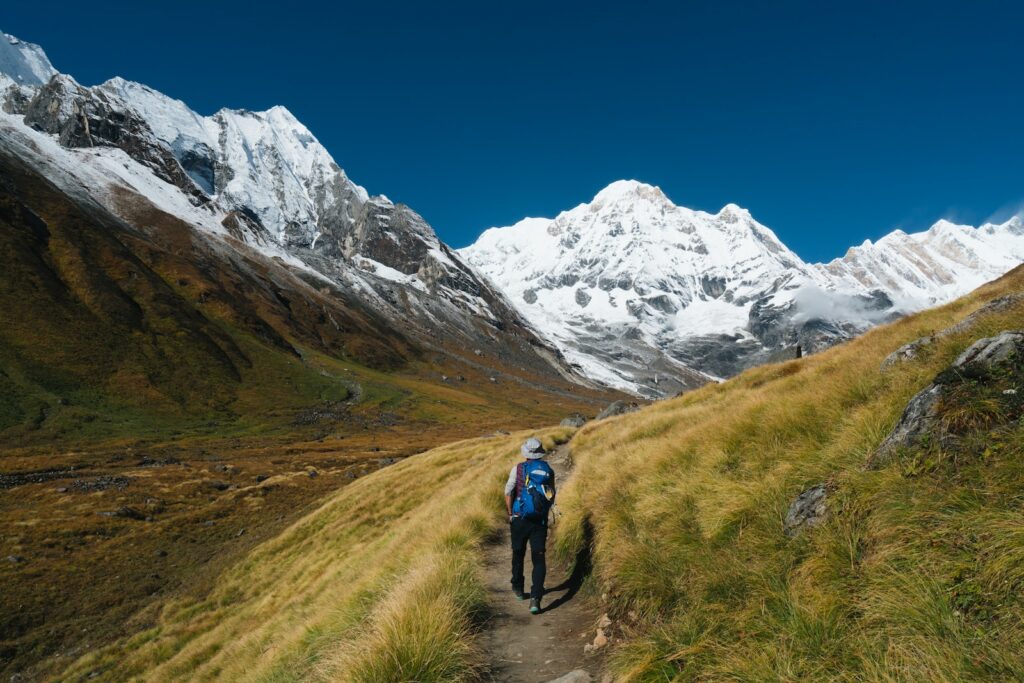
Overcoming Challenges in Annapurna
When it comes to photography, Annapurna is truly a paradise for both amateur and professional photographers alike. Let’s dive into a notable case study of a photographer who embarked on a journey to capture the mesmerizing beauty of this deadly mountain range.
The Challenge: Capturing the Essence of Annapurna
For Mark, an avid photographer passionate about mountain photography, Annapurna always remained a dream destination. He was mesmerized by the enchanting tales of trekkers who had explored the breathtaking trails surrounding this majestic Himalayan range. Determined to capture the essence of Annapurna through his lens, Mark meticulously planned his expedition.
However, Mark soon realized that capturing the true essence of Annapurna was no easy task. The sheer magnitude of the mountains, ever-changing weather conditions, and the rugged terrains posed substantial challenges to his photographic journey. But Mark was not one to back down; he embraced the obstacles as opportunities to push himself and enhance his skills.
Overcoming the Challenges
Mark understood that to capture the beauty of Annapurna, he needed to adapt to the ever-changing conditions and constantly explore new perspectives. Here are some strategies he employed:
- Researching the seasons: Mark analyzed the different seasons and their impact on Annapurna’s landscape. By understanding the seasonal changes, he could better plan and capture the desired shots.
- Choosing the right equipment: Mark ensured he had the right gear to withstand the challenging environment. From sturdy tripods to weather-resistant camera gear, each piece of equipment was carefully selected to tackle the rugged terrains.
- Mastering the art of patience: Mark quickly learned that patience was crucial when photographing Annapurna. Waiting for the perfect light, finding the right composition, and even enduring harsh weather conditions were essential steps to capture the essence of this magnificent mountain range.
- Exploring unique perspectives: To stand out from the crowd, Mark sought out unique perspectives. He hiked to lesser-known viewpoints, discovered hidden trails, and sometimes even ventured off the beaten path to find extraordinary compositions.
The Benefits of Photographing Annapurna
Despite the challenges, Mark’s photographic journey through Annapurna was incredibly rewarding. Here are some of the benefits he experienced:
- Spectacular landscapes: From lush green valleys to snow-capped peaks, Annapurna offers diverse and awe-inspiring landscapes that are a photographer’s dream come true.
- Cultural encounters: Along the trekking trails, Mark encountered the warm and welcoming local communities. Immersing himself in their culture, he captured vibrant portraits and authentic moments.
- Personal growth: The challenges Mark faced during his photographic journey pushed him to grow as a photographer. He developed resilience, honed his skills, and came back with a rich portfolio that captured the essence of Annapurna.
- Sharing the beauty: Through his photographs, Mark was able to inspire others to explore the wonders of Annapurna. His images evoked a sense of adventure and showcased the mesmerizing beauty of this deadly mountain range.
Despite the obstacles, Annapurna remains a photographer’s paradise. With proper planning, perseverance, and an open mind, you too can capture the mesmerizing beauty of this breathtaking Himalayan destination.
Frequently Asked Questions
1. What makes Annapurna a photographer’s paradise?
Annapurna offers breathtaking landscapes, diverse flora and fauna, and stunning mountain peaks that provide endless photography opportunities.
2. How dangerous is Annapurna?
Annapurna is considered one of the deadliest mountains in the world due to its unpredictable weather, challenging terrain, and avalanches. Proper preparation and guidance are crucial for a safe trek.
3. What are the best seasons for photography in Annapurna?
The best seasons for photography in Annapurna are spring (March to May) and autumn (September to November) when the skies are clear, the weather is mild, and the landscapes are vibrant.
4. What photography equipment should I bring to Annapurna?
It is recommended to bring a DSLR or mirrorless camera with a wide-angle lens for capturing the vast landscapes and a telephoto lens for capturing wildlife and mountain details.
5. Are there any photography restrictions in Annapurna?
As of now, there are no specific restrictions on photography in Annapurna. However, it is essential to respect local customs, obtain necessary permits, and avoid disturbing the natural environment while taking photographs.
6. Can I do trekking and photography at the same time in Annapurna?
Absolutely! Trekking in Annapurna allows you to witness the beauty of the mountains while capturing incredible photographs along the way. Just make sure to balance your time between trekking and photography to fully enjoy both experiences.
7. Are there photography tours or workshops available in Annapurna?
Yes, there are photography tours and workshops available in Annapurna. These guided experiences provide expert guidance on capturing the best shots, understanding composition, and making the most of your photography skills in the mountainous region.
8. What are the must-visit photography spots in Annapurna?
Some of the must-visit photography spots in Annapurna include Poon Hill, Annapurna Base Camp, Ghorepani, Ghandruk village, and the scenic viewpoints along the Annapurna Circuit.
9. Can beginners in photography enjoy Annapurna?
Yes, even beginners in photography can enjoy Annapurna. The natural beauty of the region provides ample opportunities to practice and improve photography skills. Additionally, joining photography tours or workshops can be highly beneficial for beginners.
10. Is hiring a local guide or porter recommended for photography in Annapurna?
Yes, hiring a local guide or porter is highly recommended for photography in Annapurna. They possess valuable knowledge about the region, weather conditions, and can assist in finding the best photography locations while ensuring your safety throughout the trek.
Wrap Up
In conclusion, Annapurna truly is a photographer’s paradise. Its breathtaking beauty combined with the ever-changing seasons offers endless opportunities for capturing stunning images. From the towering peaks of the Himalayas to the vibrant culture of Nepal, this majestic region has it all. Whether you’re an experienced photographer or a beginner, Annapurna will inspire you to push your creative boundaries.
So pack your camera gear, lace up your hiking boots, and embark on a journey through this mesmerizing landscape. Don’t forget to share your experiences and photographs in the comments below. Let’s connect and inspire each other with our love for mountain photography and the wonders of the Annapurna region. Happy trekking!
